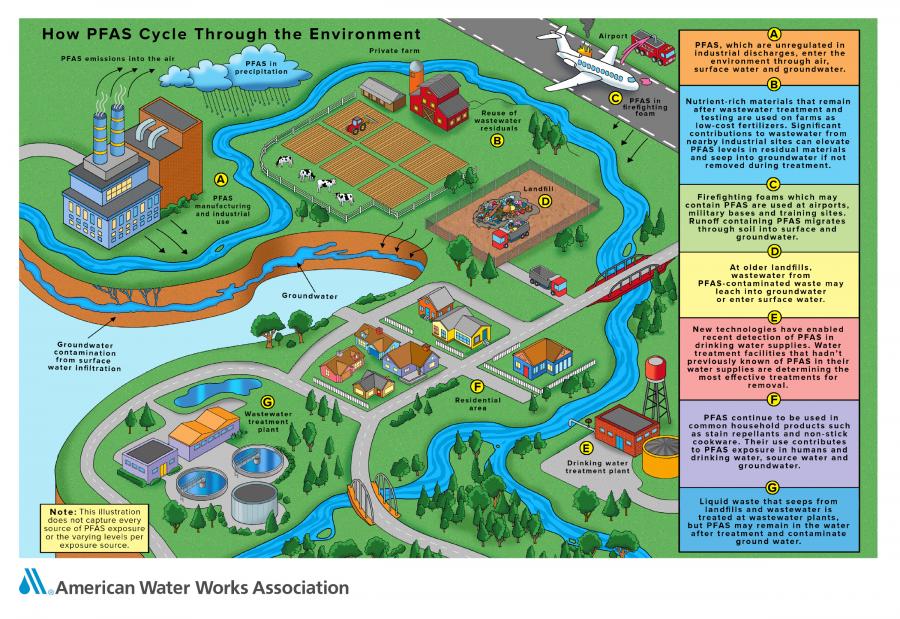The Pittsburgh Water and Sewer Authority is getting ahead of potential risks

Providing customers with safe, reliable drinking water is our top priority. To ensure the quality of our drinking water, we go above and beyond regulatory requirements to deliver the best possible water.
Since 2018, we have tested the levels of per-and polyfluoroalkyl (PFAS) substances in our treated drinking water as well as our source water, the Allegheny River.
Samples taken in August 2019 did not identify quantifiable levels of PFAS. We will continue to test for these substances to stay ahead of potential risks and future regulatory requirements. You can review the test results in the Water Quality and Treatment section of our website.
Background About PFAS
Per-and polyfluoroalkyl substances are a growing public health concern – especially in our drinking water. They are chemicals that have been used since the 1940s in the manufacturing of industrial and household products. Although many have been phased out of production in the United States, their presence is in the environment at industrial sites, landfills, and at sites where firefighting foams were applied.
They are an unregulated contaminant that the Environmental Protection Agency notes may present a cancer risk. It is widely accepted that additional research is needed to better understand which PFAS compounds – and at what levels – pose serious public health risks and how to cost-effectively remove their contamination.
The American Water Works Association (AWWA) is working closely with leaders in the water sector to support federal research funding. They are also tracking the steps states are taking to regulate maximum contaminant levels (MCL). The state of Pennsylvania is currently developing guidelines.
Sources


